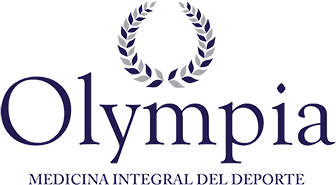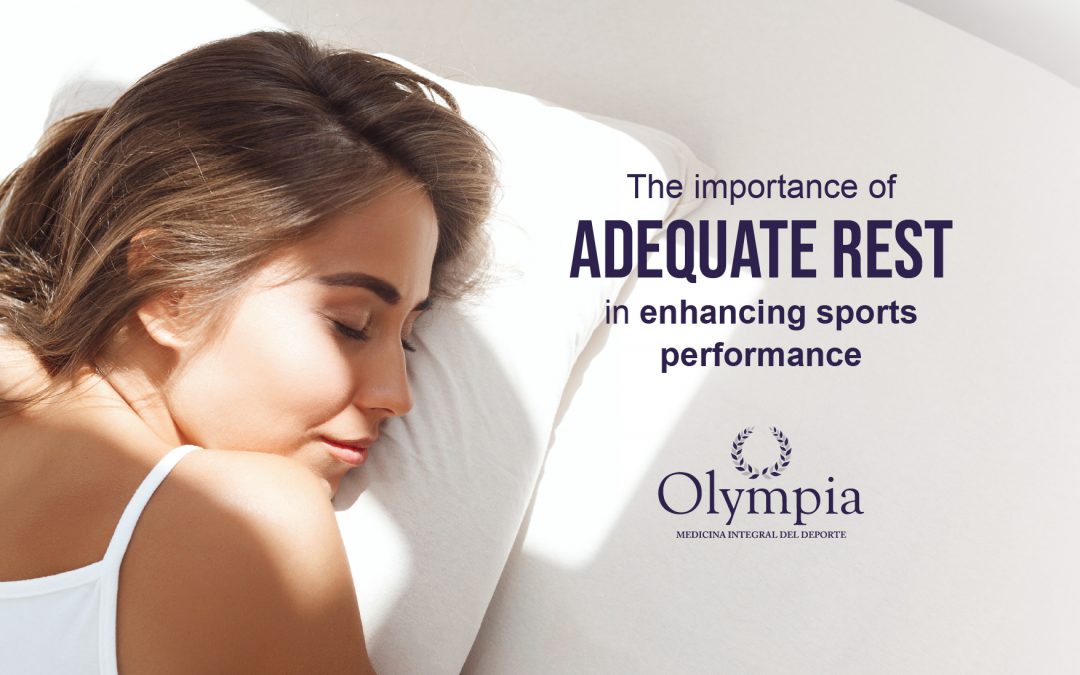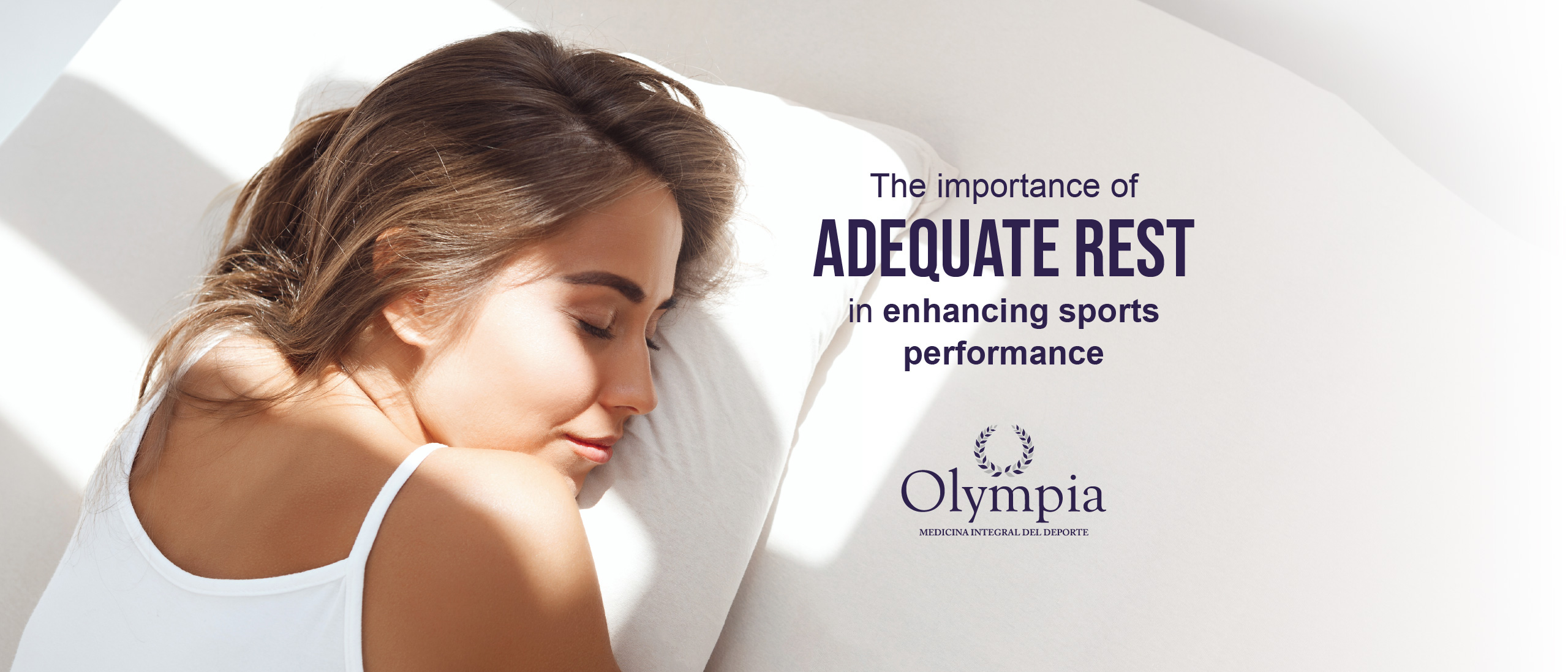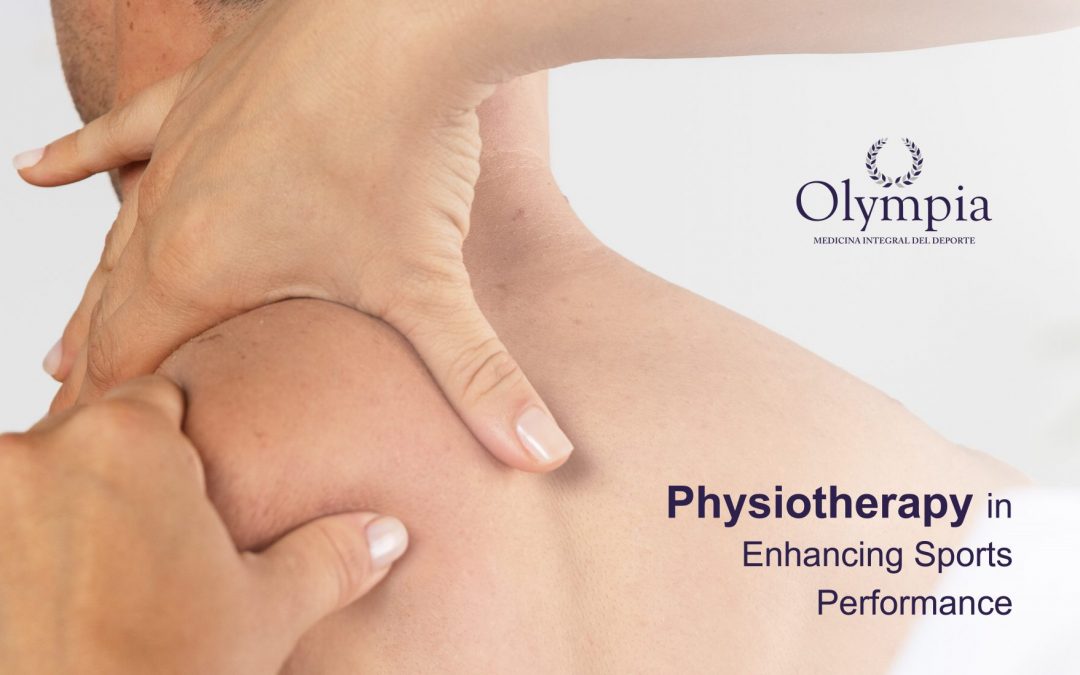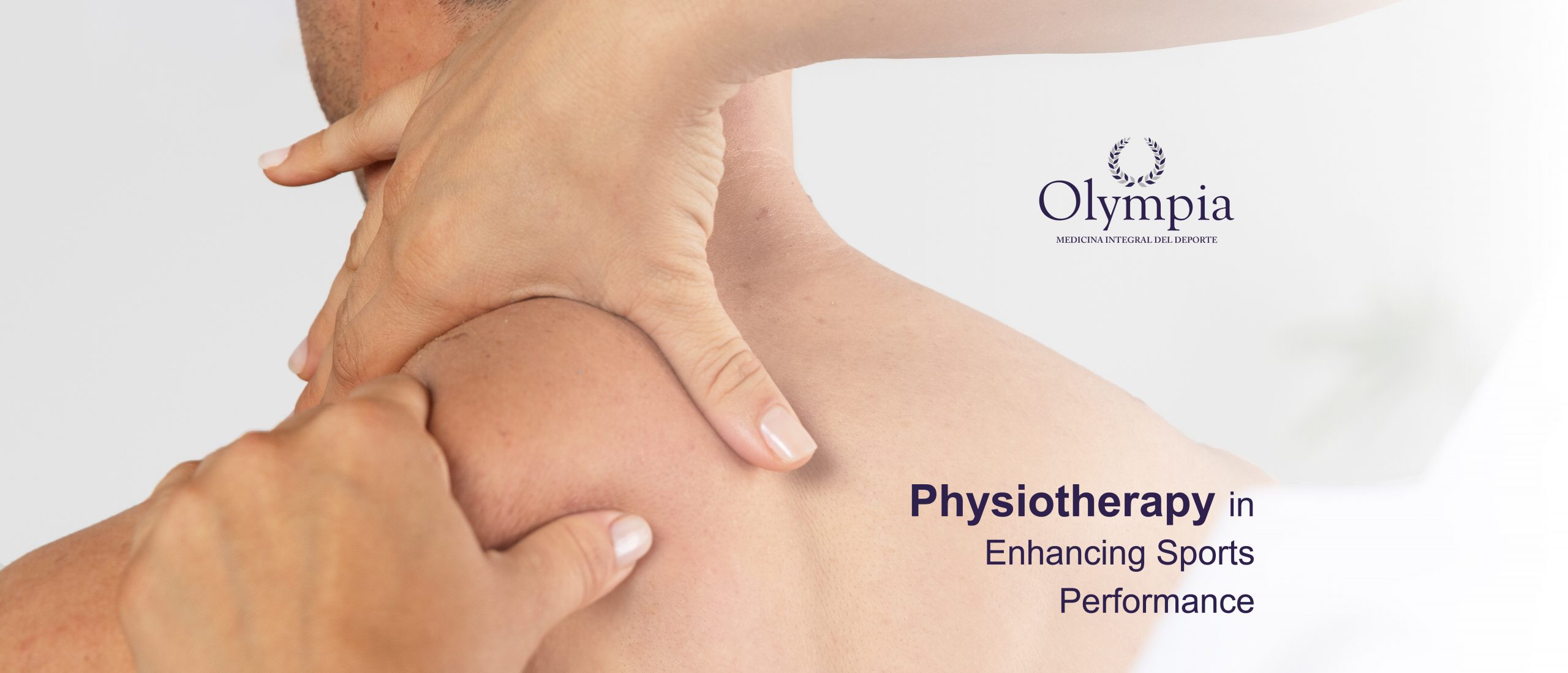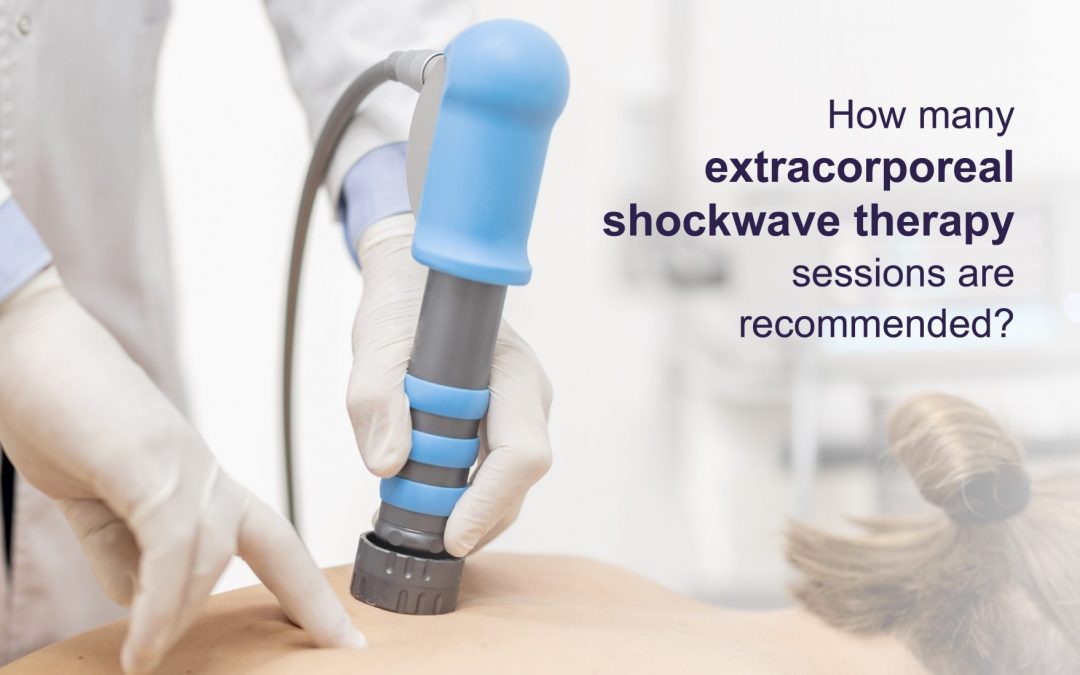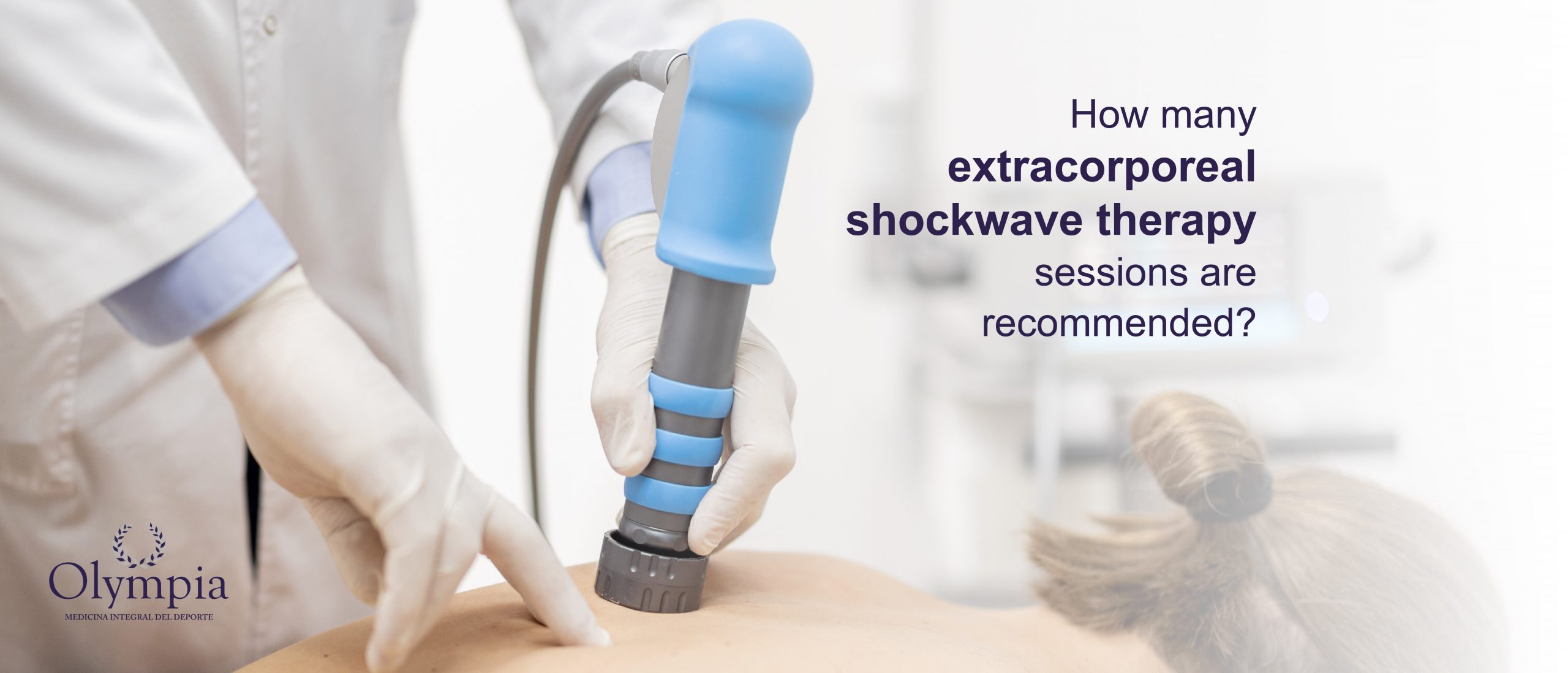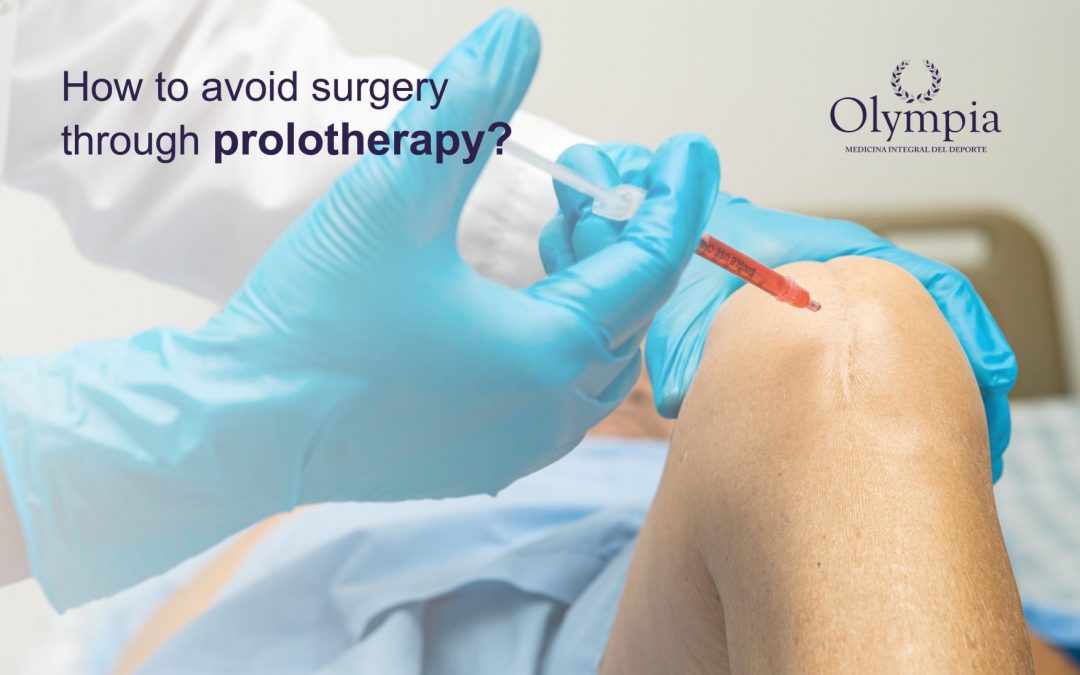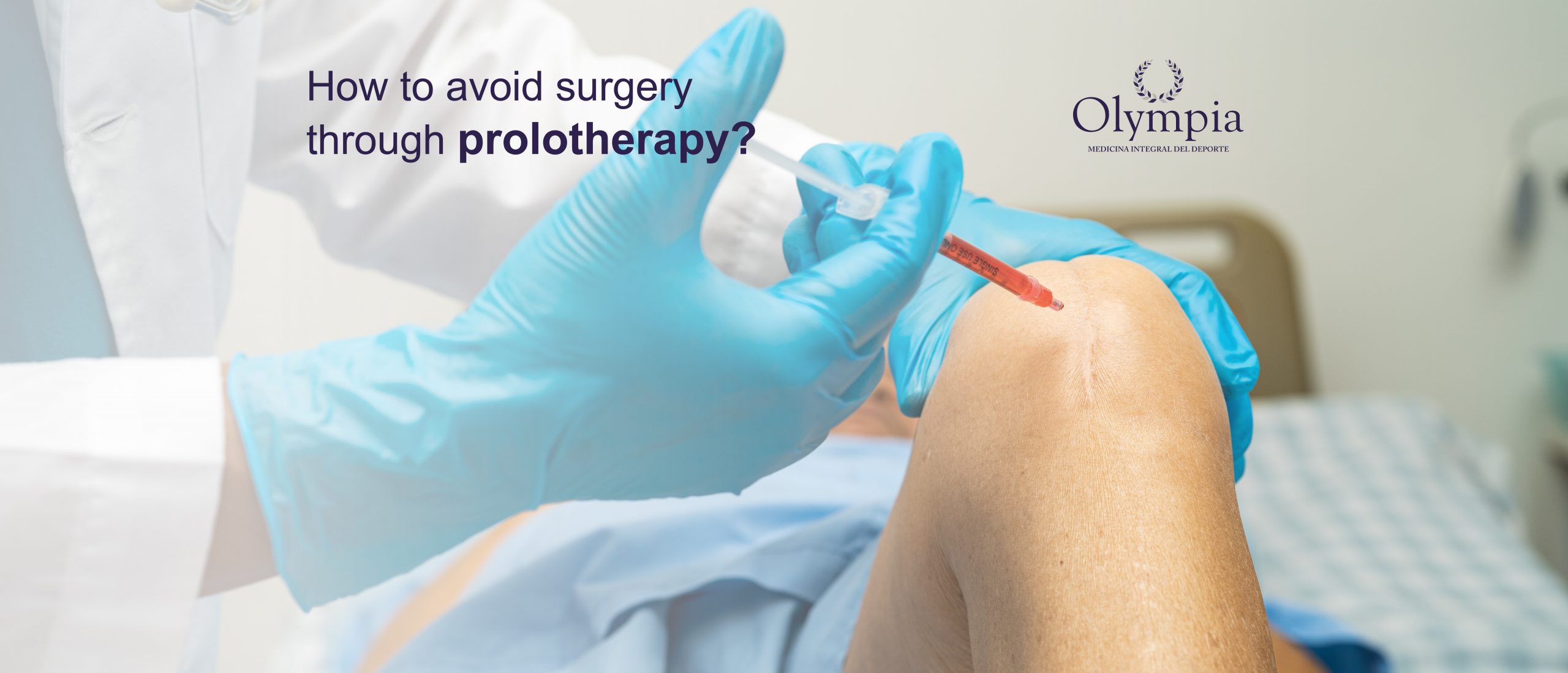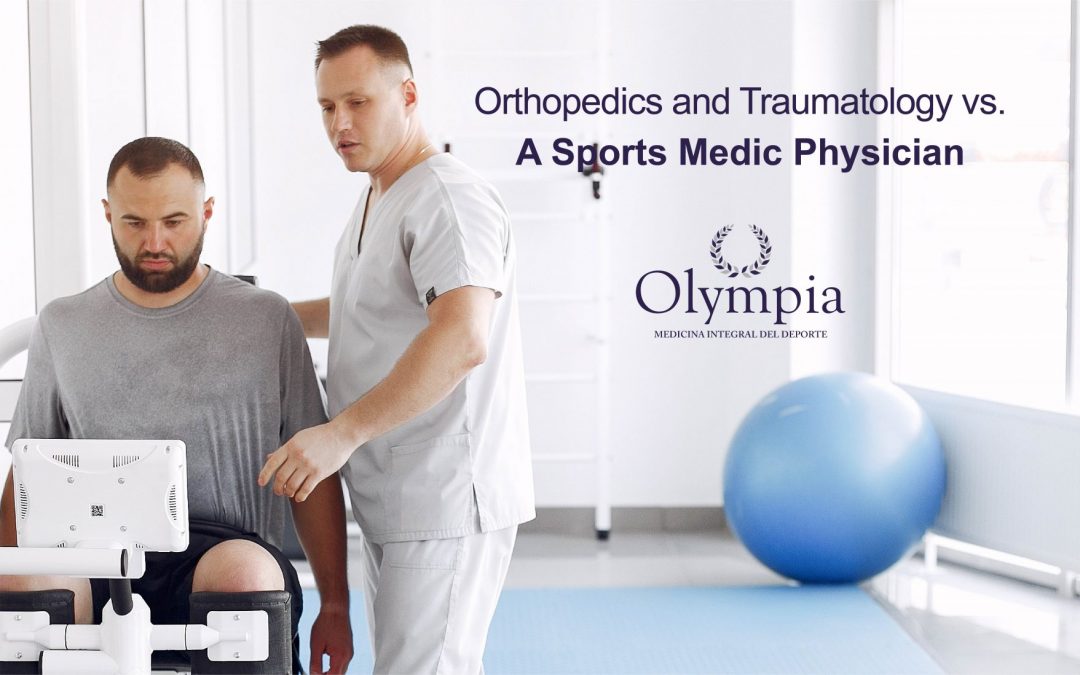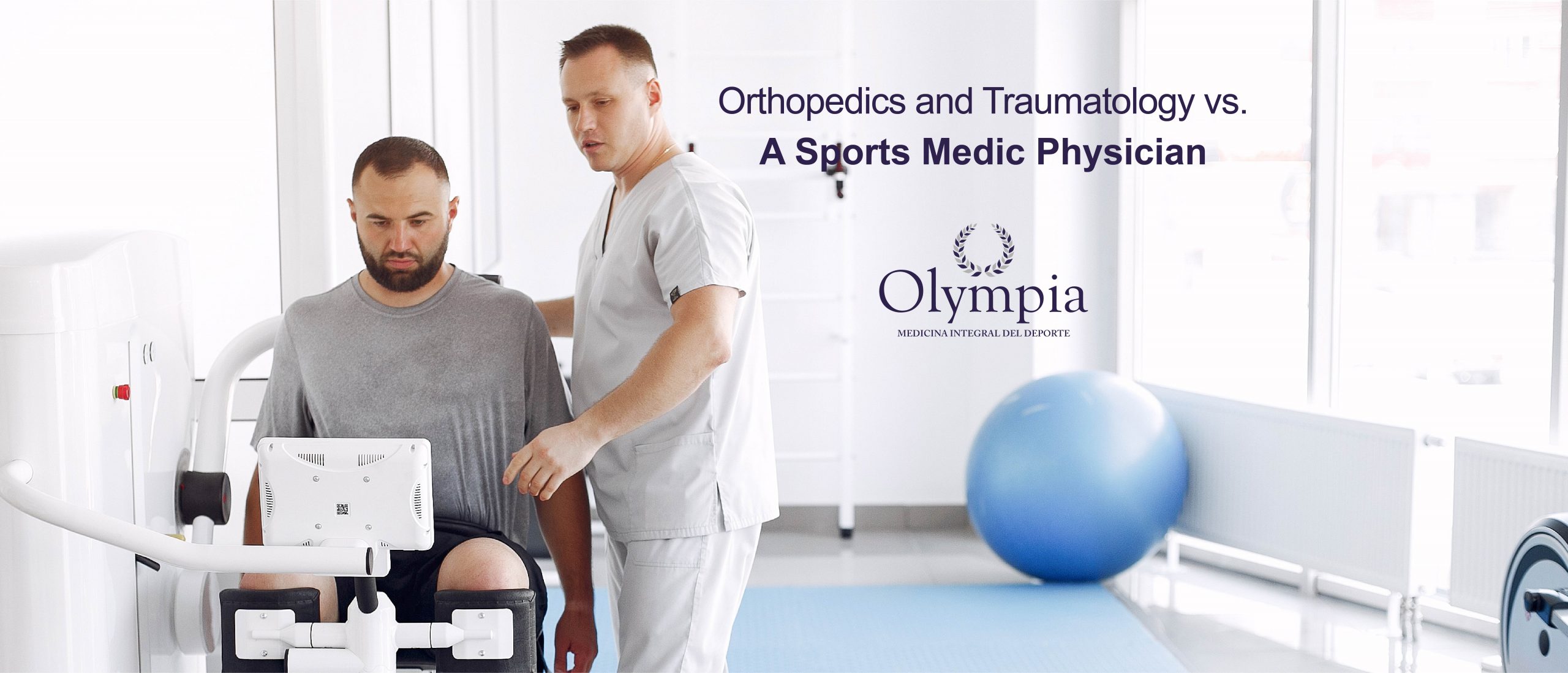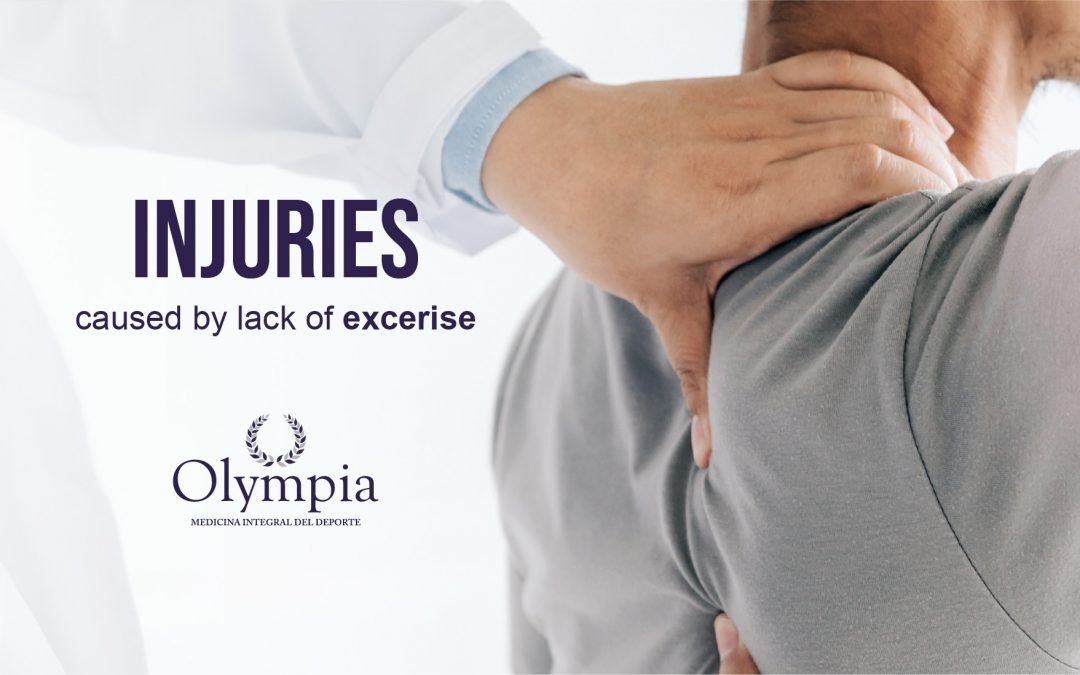
Injuries Caused by Lack of Exercise
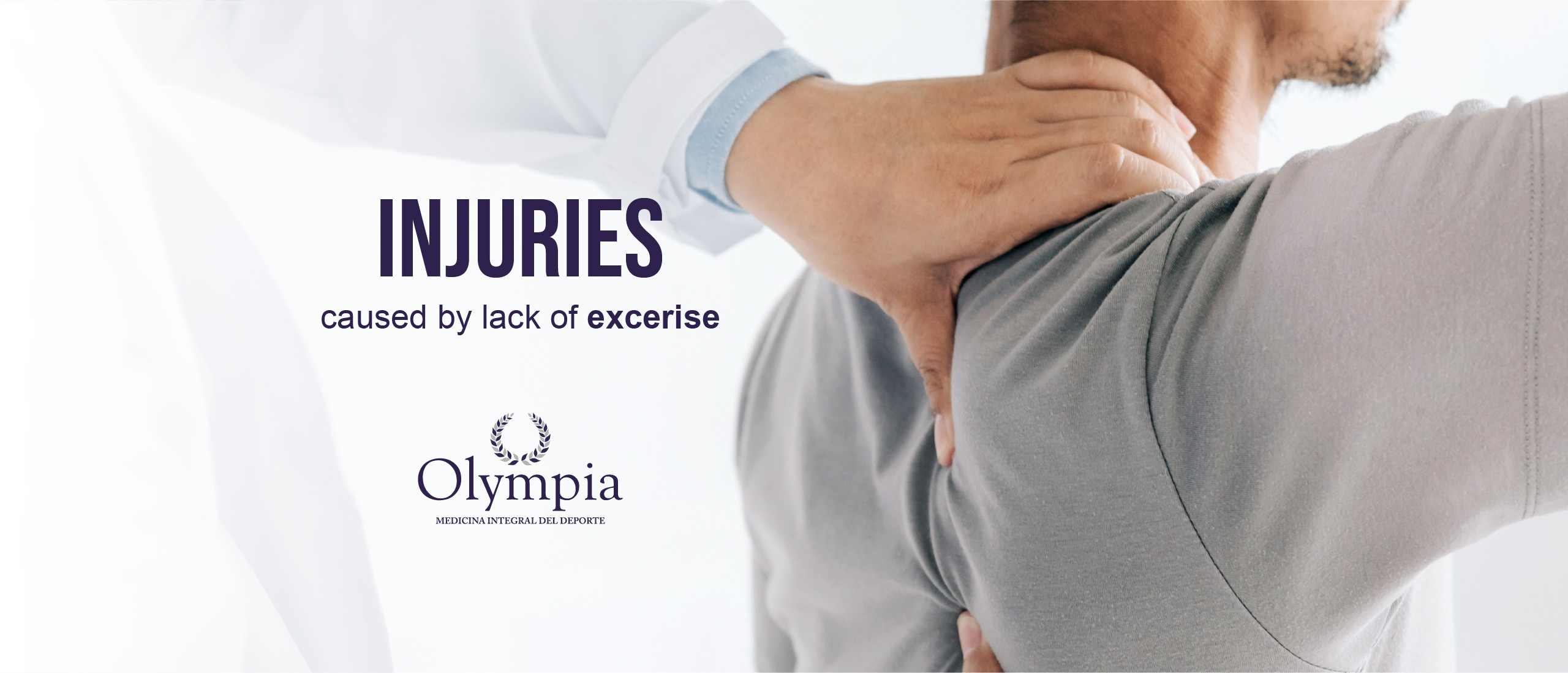
Nowadays a sedentary lifestyle has become a general health problem, according to the INEGI, 57.9% of the population aged 18 and over in Mexico is physically inactive. This can lead to various risks and health problems, one of them being injuries that arise due to decreased bone density, muscle weakness, and poor flexibility.
Musculoskeletal injuries due to physical inactivity are one of the most common types, by not using our muscles they become weaker and susceptible to sprains and tears. The joints are also affected since they lose support with the weakening of the muscles, and this causes them to become overloaded. Inactivity also causes a bad posture that leads to chronic pain. To reduce the risk, a regular exercise routine is necessary to maintain strength, balance, and flexibility.
It is important to remember that exercise is necessary for bone health, maintaining bone density and promoting calcium absorption. Bones become weaker as we age and become more prone to fractures, and the risk of osteoporosis rises, a condition that causes decreased bone mass. Exercising, especially exercise with weights and resistance, helps to reduce this risk and mitigate bone damage, since osteoblasts are activated during mechanical stress, which are responsible for bone formation and repair. Over time this effect will accumulate resulting in stronger, denser bones. Lastly, exercise increases blood flow, which helps distribute nutrients and oxygen, both necessary for bone remodeling.
Lack of exercise also affects other systems such as the cardiovascular and metabolic system. A lifestyle without physical activity increases the chances of a heart attack, coronary disease or hypertension. It also predisposes people to insulin resistance as a sedentary lifestyle affects insulin sensitivity and glucose regulation. It causes unfavorable changes in cholesterol levels and an increased risk of developing metabolic syndrome. Exercise strengthens the heart muscle, improves insulin sensitivity, decreases body fat, and lowers the concentration of triglycerides, cholesterol, and LDL.
In conclusion: a sedentary lifestyle is harmful to health and can lead to a wide variety of injuries. Regular physical activity is important to strengthen our muscles and joints, keep our bones healthy, and prevent or control other chronic diseases.
Before starting any physical activity, you should always go for a medical checkup with a professional to rule out risks and complications.
